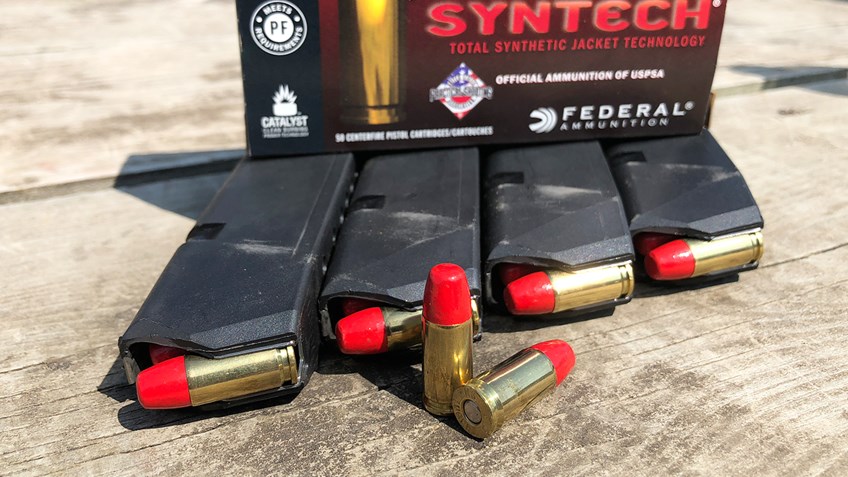So I went to a local gun show today, mostly looking for magazines and the availability and price of certain ammunition, but I was also surveying prices for all manner of guns. I offer up a number of observations in no particular order.
For pistols, sellers still focus their stock in the cheap, plastic, striker-fired guns with crunchy, crappy triggers. Good, high quality 1911s are just not carried by the folks looking to push large quantities of inventory (and rely on quantity rather than quality and larger markups for their profits). And yes, I consider most if not all polymer handguns cheap plastic guns (with the exception of FN because their .45 tactical is a hammer gun and the FN 5.7 is an internal hammer gun).
The prices of rack (budget) ARs have not changed in months, or even years. The prices aren’t going to get lower. The prices of higher end ARs have not changed in months, or even years. I suspect the prices aren’t going to get lower. If anything, I expect the prices of the higher end ARs (Daniel Defense, Rock River Arms, FN, etc.) to creep slightly higher over the next few months, and then take off within a year or a little longer.
Good chassis bolt action guns are expensive, many as expensive as ARs.
There was plenty of ammunition for sale if you were looking for 55 gr. 5.56 mm / .223, .308, .45, 9 mm or the standard soft point hunting rounds. Everything else is an esoteric round to them and few dealers had much else. For more out-of-the-ordinary rounds like 77-gr. 5.56 mm, 5.7X28, .45 SMC (which I was looking for, finding none at all), and even some run-of-the-mill PD pistol rounds for 9 mm and .45 that you can get at Gander Outdoors, Cabela’s, or Bass Pro Shop, you may have to rely on mail order if you don’t want to pay a visit to aforementioned large stores. Shipping ammunition is expensive because of the weight. When you drive near the aforementioned large stores, always consider buying ammunition because you don’t know when you’ll be back if you don’t live near one.
Overall, there were about a third less tables than usual, and the crowd was thinner than usual. It all felt rather bleak and depressing. My assessment: the gun owning public is asleep at the wheel. Give this until after the mid-term elections and it will all turn around, and it will peak at a frenzy as we near the presidential election. The GOP shouldn’t expect to carry Florida and North Carolina again.
Get what you need while you can.




